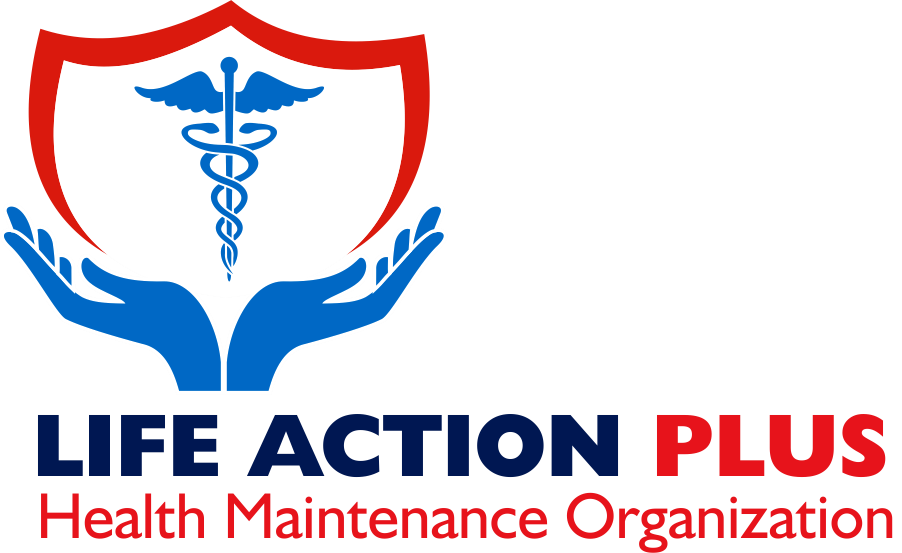Your digestive system consists of all the organs involved in breaking down the food you eat, absorbing nutrients, and eliminating waste products.
When you take a bite of food, your digestive system is automatically activated. In the stomach, the food is broken down into smaller pieces and digestive juices are added. The food, which has now been dissolved into liquid form, is passed on to the small intestine, where the nutrients are absorbed and digested.
In the large intestine, also called the colon, water and salt is absorbed from the food, causing the waste products to become firmer and turn into stool. The stool is then pushed through the intestine towards the rectum by a series of muscle contractions known as peristalsis. Most individuals have three to four major peristaltic movements daily.

The time it takes for food to pass through your digestive system is called the transit time. The average transit time for females is 2.4 days and 1.9 days for males. When stool fills your rectum, nerve endings register that your bowel wall becomes distended and a signal is sent to your brain telling you that it’s time to use the restroom.
At the same time, your internal sphincter relaxes by reflex and stool moves down towards the anus. When you are ready, you consciously allow the external sphincter to relax and stool is expelled. In between going to the toilet, both the internal and the external anal sphincter are contracted to prevent leakage.


